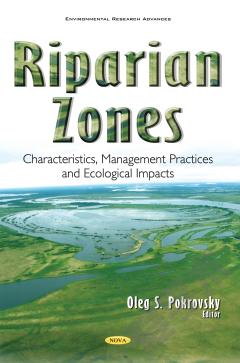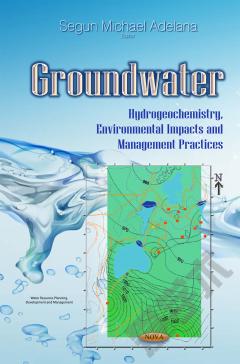Handbook on Agroforestry: Management Practices and Environmental Impact
Agroforestry is an approach to alternative land use based on deliberate integration of trees with crops and livestock production systems. It combines agricultural and forestry technologies to create more diverse, productive, profitable, healthy and sustainable land-use systems. Agroforestry can include various types of practices, including alley cropping, forest farming, shelterbelts (or timberbelts), riparian buffer strips, and silvopastoral systems. In arid and semi-arid environments, agroforestry systems potentially support livelihood improvement through simultaneous production of food, fodder and firewood without much affecting climate change. Careful selection of species and good management of trees and crops are needed to optimize the production and positive effects within the system and to minimize negative competitive effects. This new book gathers the latest research from around the globe in the study of agroforestry and highlights such topics as traditional and modern agroforestry in Mediterranean regions, integration of native genetic resources in agroforestry, women agroforestry practices in refugee settlements, a discussion of the major obstacles that prevent increased agroforestry improvements, and the advantages and constrains of agroforestry systems establishment in various Brazilian biomes.
{{comment.content}}








 京公网安备 11010802027623号
京公网安备 11010802027623号